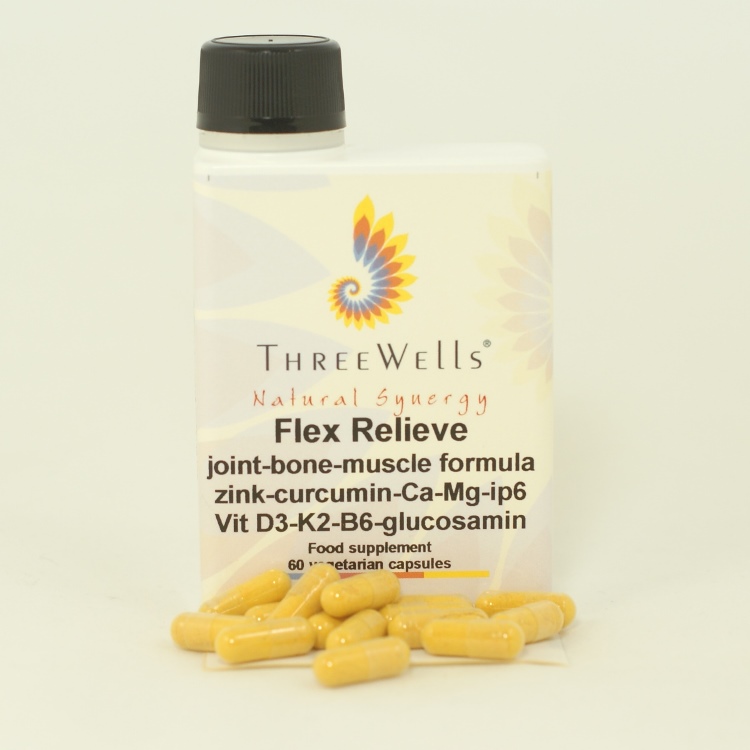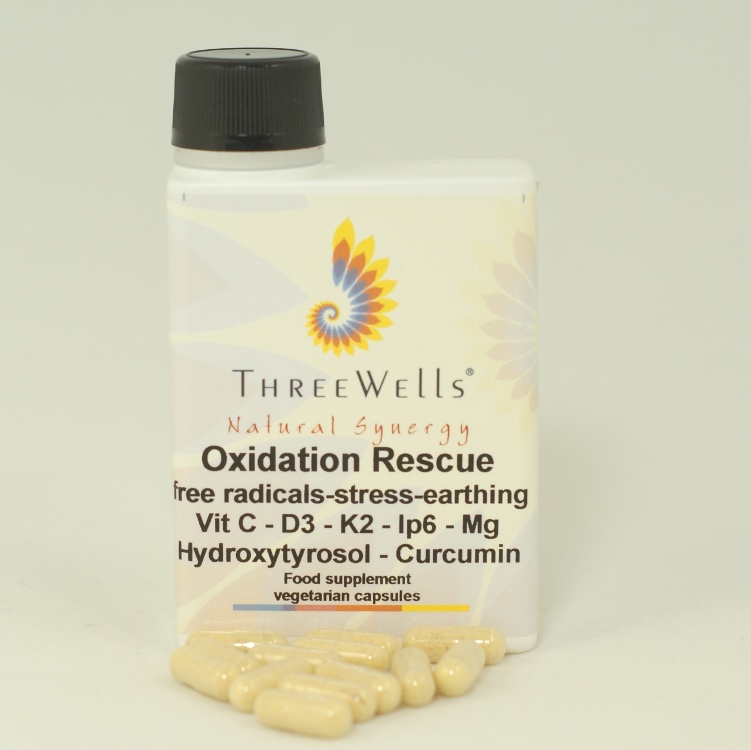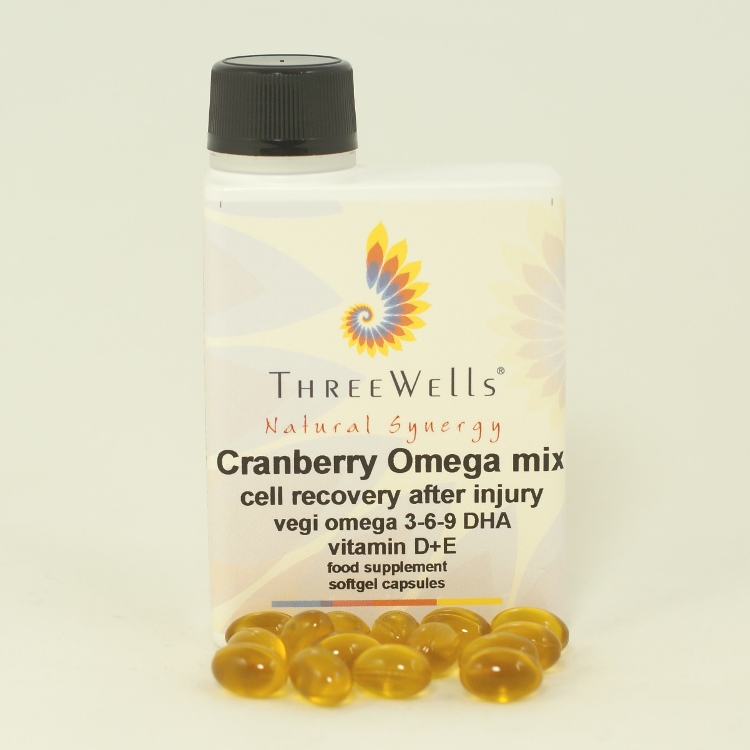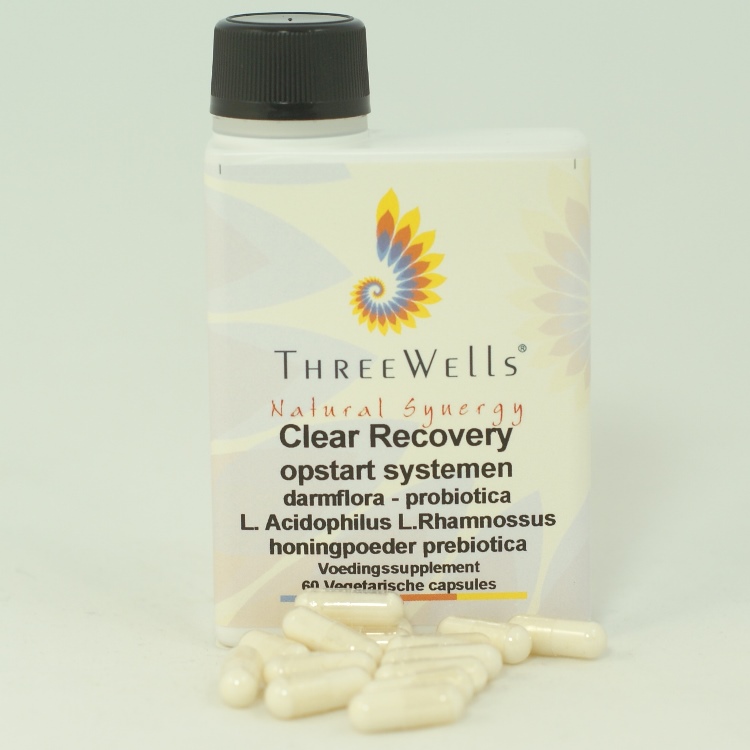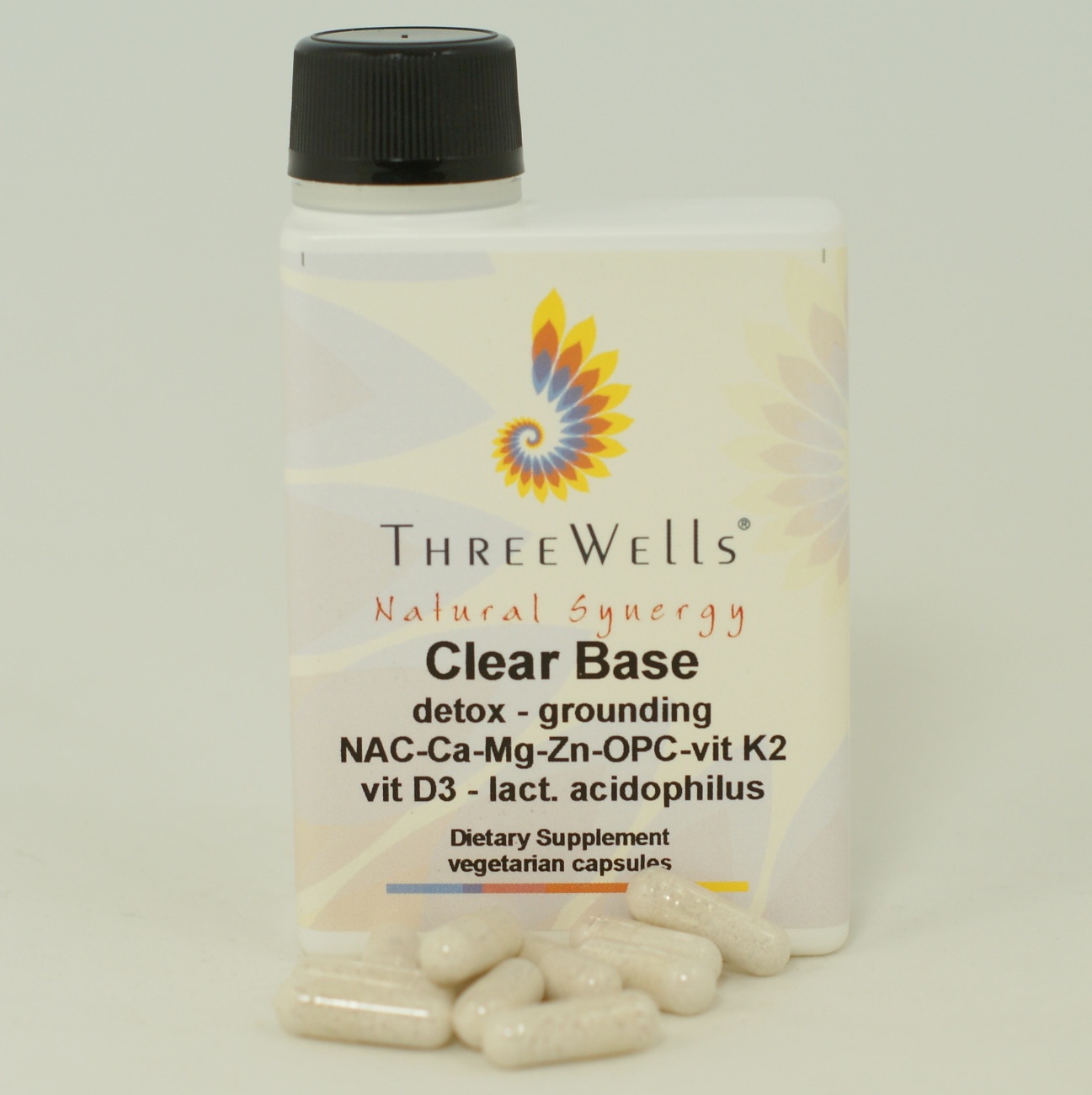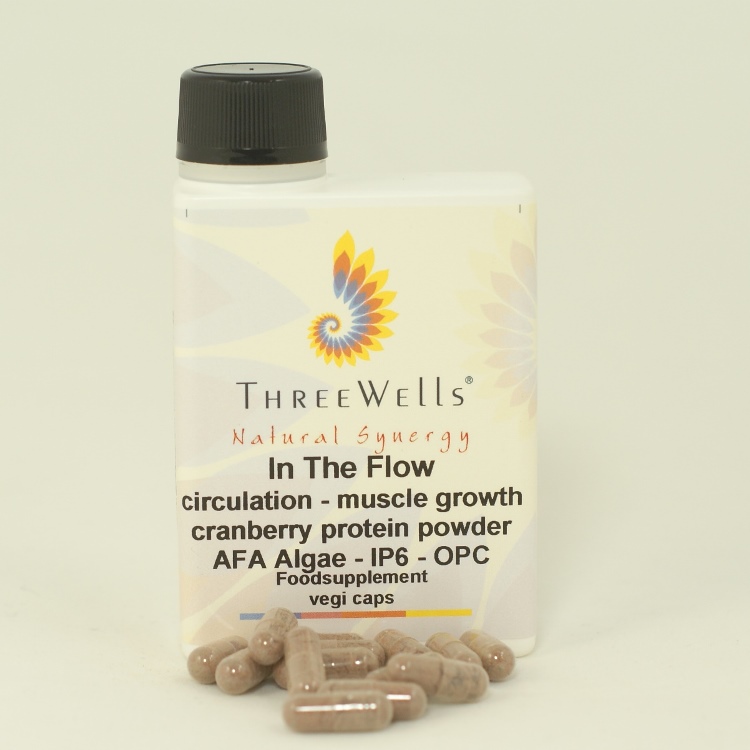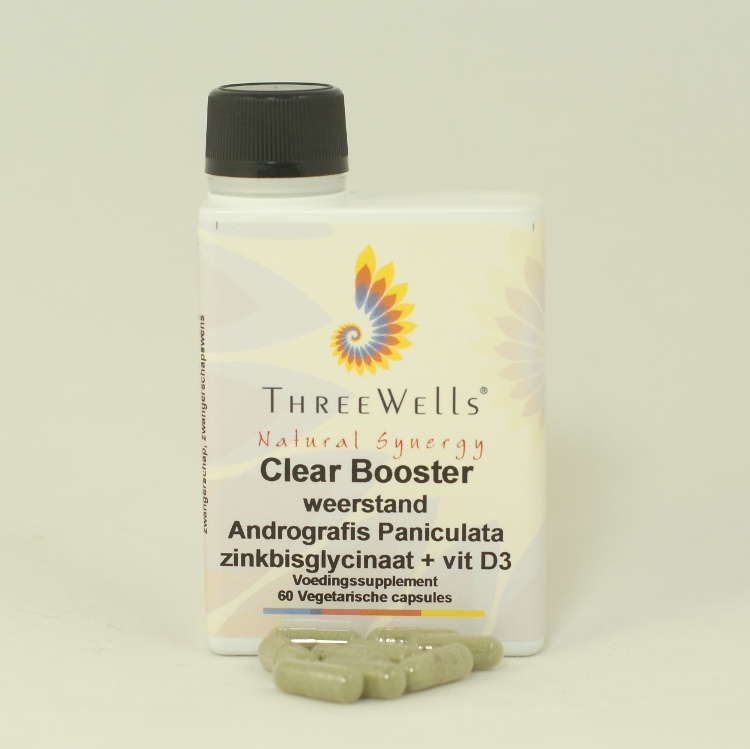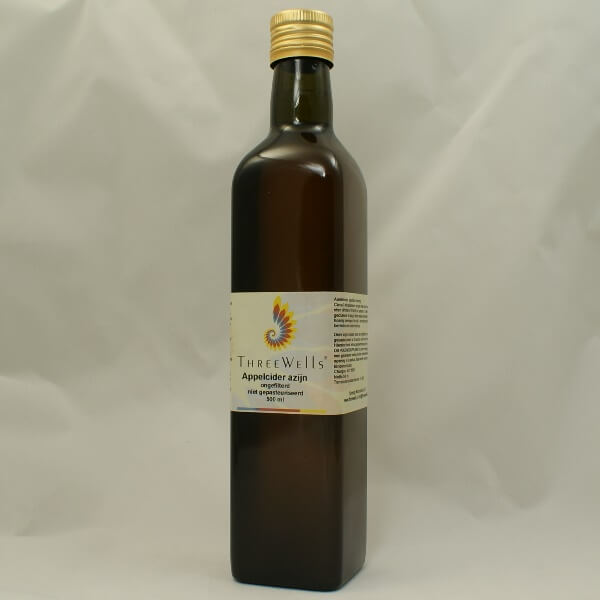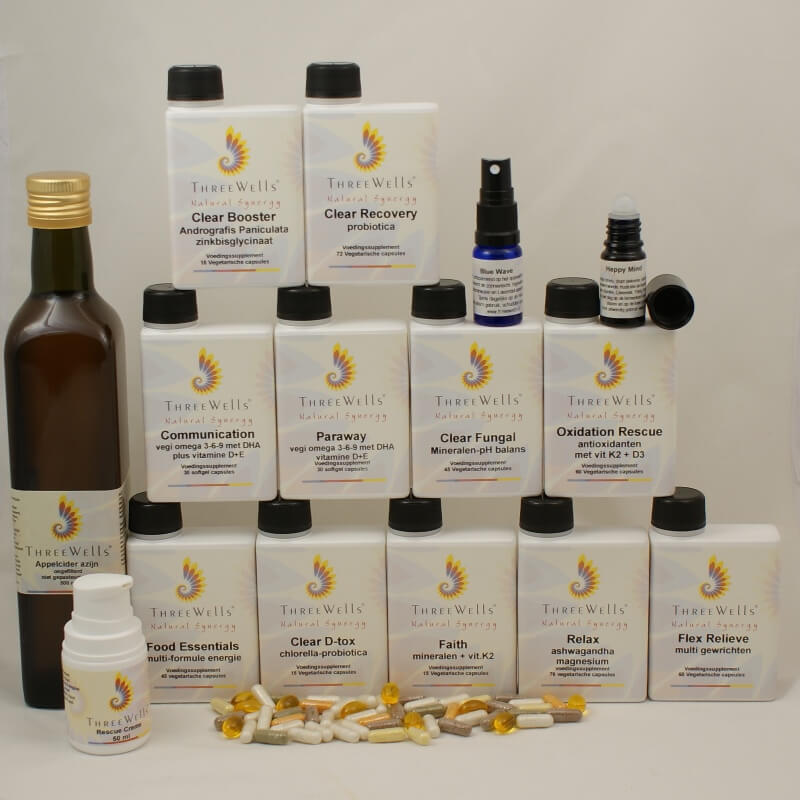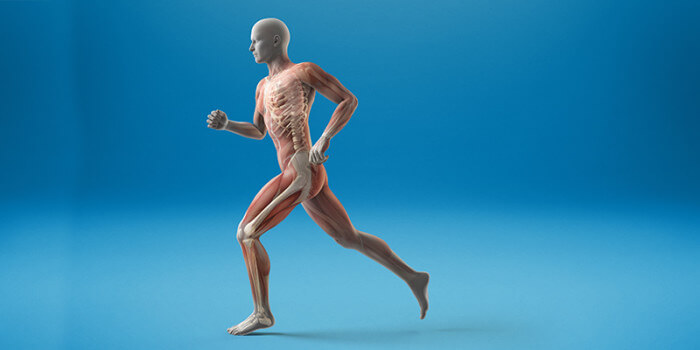
Muscles – Joints – Skeleton
- A healthy joint contains sufficient joint fluid so that the cartilage is well lubricated.
- Bone decalcification can be caused by disturbed calcium management and or medication
- Hip problems can arise from poor lubrication of the hip joint, weakened tendons muscles, medication.
- Back problems often arise from weakened back muscles tendons and ligaments, which makes the intervertebrary discs easily shift.
- A tennis elbow is caused by wrist joint overload, so a wristband works better than an elbow strap
- Calcium causes muscle contraction and magnesium for muscle relaxation.
- Tendonitis is often caused by reduced blood flow and elasticity.
- A bursa infection can be caused by a disturbed fluid management and too little water intake (1.5 litres per day)
- A balanced calcium balance is important for musculoskeletal, brain functions and neurotransmitters.
- Blood pressure medication, cholesterol inhibitors, antacids and other medications may affect the musculoskeletal system
Joint complaints
Rheumatism is a collective term for more than 100 different disorders of your 'musculoskeletal system', which are not caused by an accident. Your 'musculoskeletal system' consists of your joints, muscles, tendons and bones.
- reactive arthritis is a form of rheumatism in which you suffer from joint inflammation. You get this joint inflammation in response to an infection in your intestines, urinary tract or genitalorgans. In addition to joint inflammation, your eyes, genitals or urinary tract may also become inflamed, or you may experience a rash.
- osteoarthritis is a condition in which the cartilage of your joint becomes thinner and worse in quality. Sometimes it disappears completely, causing the underlying bone to become damaged or deform. Inflammation can also occur in osteoarthritis
- gout is a rheumatic disorder caused by excessive uric acid levels in the body. The level of uric acid in the blood increases because the metabolism in the body does not go well. This can cause uric acid crystals, which precipitate in joints
- osteoporosis bone decalcification Our brains, muscles, nerves, intestines, blood vessels need calcium. Our parathyroid gland "measures" the amount of calcium in our blood. If this is too low, a mechanism is activated by which calcium is extracted from the skeleton, muscles and brain functions have a priority over the skeleton. Calcium is then extracted from the skeleton and the skeleton is then referred to as "emergency ration". Medication for bone decalcification blocks this mechanism by which brain, muscles, nerves, intestines and blood vessels can become deficient in calcium. The calcium balance is therefore extremely important for multiple body systems. A lot of medication affects the calcium balance. Our goal is to optimize the calcium balance.
- soft parts-rheumatism These are disorders of muscles, tendons or bursaries. Fibromyalgia is the most famous form of soft tissue rheumatism, in which pain in connective tissue and muscles occurs.
- autoimmune diseases/inflammatory rheumatism: In these forms of rheumatism, the immune system sees healthy cells as evil invaders and attacks your own body, causing inflammation in your joints. Some forms are: rheumatoid arthritis (RA), axial spondyloarthritis (Ax-SpA, including Bechterew's disease), psoriatic arthritis or SLE (systemic lupus erythematodes).
- lack of lubrication,the synovium produces (synovial fluid) allowing the cartilage in the joint to slide flexibly and with little wear. If the synovium produces too little synovial moisture, the cartilage can "run dry" causing an extremely fast wear.
- weakened tendons, muscles and ligaments A joint is a hinge in which the tendons muscles and ligaments move the hinge and also hold the moving parts together. The connection the tendon that grows attached to the bone over to muscle and then overflows back to tendon, when the muscle contracts, the tendons pull on the bone/joint and the movement occurs. When the tendons and muscles are weakened, there is slack in the joint causing instability and resulting in additional wear or even hernia. This weakening of tendons and muscles is often caused by reduced blood flow in the tiny capillars making them less elastic and brittle.
- overload Tendon slevation inflammation, heel spur, hernia , tennis arm (rsi), carpal tunnel syndrome, these may have to do with oxidative stress ,reduced blood flow, acidification, nutritional deficiencies such as essential fatty acids, minerals, reduced resistance, antioxidants
- trauma Muscle ruptures, haircuts, bone fractures, sprains, ligaments. During the recovery of trauma, it is very important that waste can be disposed of and the body can provide sufficient good cell building blocks to speed up the recovery process. Important cell building blocks are minerals, essential fatty acids, proteins, vitamins, possibly amino acids. In addition, good resistance to prevent inflammation is important.
For general musculoskeletal recovery, we recommend our joint forces recovery package:
Supplements and ingredients that can support the musculoskeletal system:
Vitamin C Calcium ascorte and ascorbyl palmitate
We use the highly absorbable vitamin C Calcium ascorte which is mild for the stomach wall and the fat-soluble
Ascorbyl palmitateVitamin C:
- is important for blood vessels, beneficial for supple/elastic veins
- is good for the skeleton, important for the cartilage
- supports the energy level
- promotes resistance during and after physical exertion
- also ensures good resistance
- is as an antioxidant protective against free radicals
- helps to reduce fatigue and fatigue
- This oil contains omega 3 and 6 essential fatty acids GLA, ALA. These are building blocks for muscles and tendons, among other things. Contains vitamin D3: is good for the functioning of the muscles, plays a role in (the process of) tissue growth and development, plays a role in bone production. In particular, the cranberry oil in this formula is very powerful and helps with repair and maintenance. Cranberry oil is 6 times more expensive than fish oil and has a unique omega 3-6-9 ratio and also contains tocotrinolen for cell repair.
- has an antioxidant effect
- good for cholesterol levels
- protects healthy cells and tissues from free radicals
- to support the health of the heart and blood vessels
- contributes to maintaining healthy blood pressure
- helps maintain healthy skin
- Contains building blocks for tendons-muscle-bands-skeleton
- supports the immune system
- helps protect cells from oxidative damage, against free radicals
- is good for the skeleton
- is good for the cell division process
- plays a role in the normal build-up and breakdown of carbohydrates, fats, proteins and DNA
- plays a role in building body protein
- contributes to a normal metabolism of carbohydrates, fat and protein
- contributes to supporting a healthy acid-base balance
- Supports the immune system* (EFSA ID 4009)
- Supports the heart* (EFSA ID 4010)
- Helps with lack of appetite* (EFSA ID 2744)
- Reduces fat storage* (EFSA ID 2751)
- Protects skin from ageing* (EFSA ID 4008)
- Good for blood circulation* (EFSA ID 4010)
- Good for the liver* (EFSA ID 4013)
- Important for the nervous system* (EFSA ID 4014)
- For flexible joints* (EFSA ID 4012)
What suits you, what do you need?
You are interested but do not know which products suit you best?
Fill in the questionnaire and we will send you a free proposal by e-mail with a brief explanation.
Since 2000 we are practicing naturopathy. We will handle your information with utmost confidentiality in accordance with privacy legislation and NEVER share this information with third parties.


